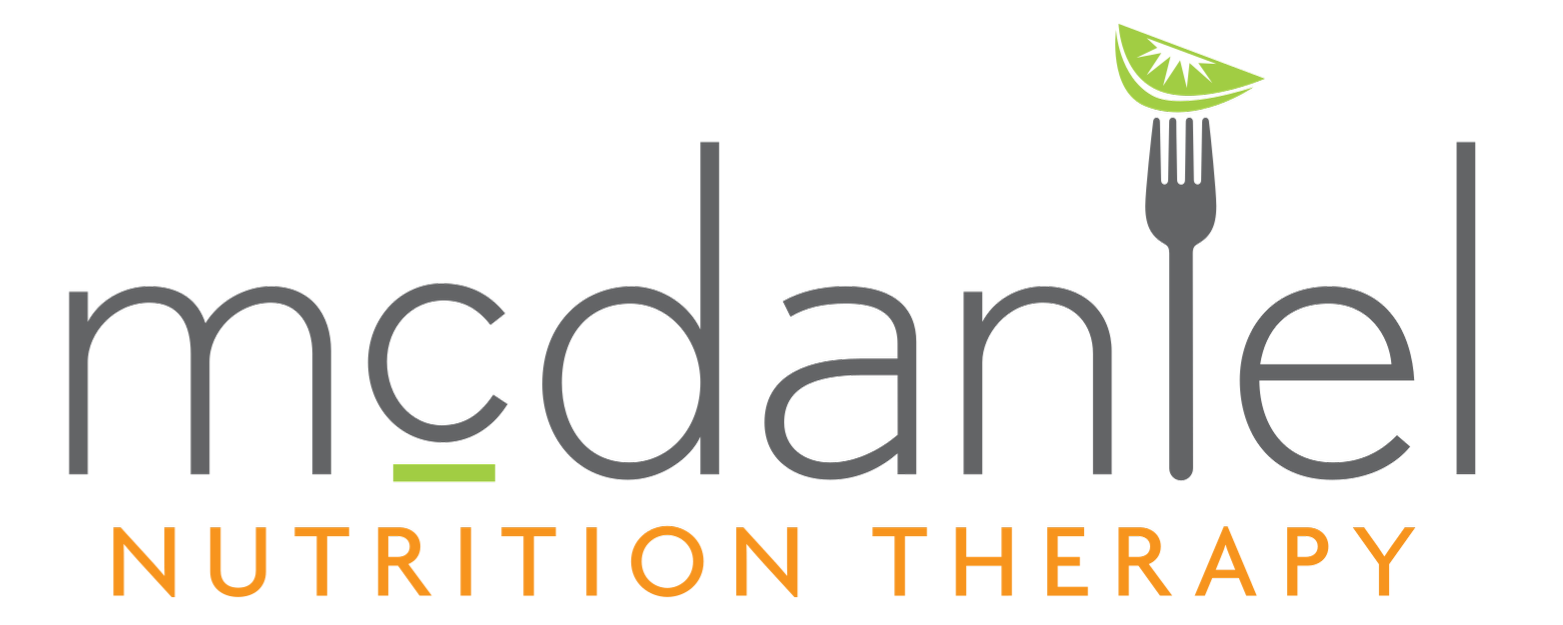If you’ve been thinking about getting some extra support with your health, I’ve opened a few spots for 1:1 coaching and would love to work with you. Schedule a time here.
A Mighty Start
When your child is born, one of the first things people tend to comment on is size: “He’s a big baby!” or “Look at that tiny little tike!” My firstborn was on the smaller side, and early on, I started calling him “Mighty.” The nickname stuck—and it felt fitting. He’s always tracked around the 5th percentile for growth.
In those early years, those comments didn’t seem to matter much. But once a child is old enough to understand, any remark about their body size— even if it’s so-called “positive”—is never really helpful.
As he got older—especially once he hit middle school—the differences in size and stature became more apparent, particularly in contact sports like lacrosse. After his 13-year checkup, he turned to me and asked, “What does it really mean to be in the 5th percentile?” After I answered, I asked him, “Does your size feel like it limits you in any way?
His answer was honest: it’s frustrating, mostly in sports. I get that. It’s hard watching boys twice his size barrel into him with sticks on the lacrosse field.
That same year, his school offered all seventh graders a free gym membership. He started going with some friends and really took to it. A few months in, he noticed me mixing creatine into my water bottle and asked, “Could I use that too?”
It was a fair question. I’d done quite a bit of research on creatine—especially for women (Creatine Isn’t Just For the Guys)—but I hadn’t yet looked into what the science says for teens. So after reviewing the research and safety recommendations, I thought I would share what I found!
First, a Note on Supplements and Growing Bodies
Whether it’s a multivitamin, iron, omega-3s, or creatine (all things I’ve offered my kids), I always make it clear: no supplement is magic. Most have mixed or modest benefits—and none can replace a well-balanced plate.
Some studies suggest that kids who eat creatine-rich foods like meat and fish may grow slightly taller—but that’s about diet, not supplements. Food first, always.
Just as important as what goes into our bodies is how we talk about them. Parents need to have real conversations with their kids—beyond rushed pediatrician visits—about how growth unfolds. Puberty looks different for everyone. Bodies grow in their own time and way.
For teen boys, that often means watching peers bulk up or develop faster. For girls, puberty can bring changes in body shape, fat distribution, or cycles that feel unfamiliar.
Tools like the Tanner scale can help explain these changes and reassure kids who feel “behind.” These moments give us a chance to push back on diet culture and remind our kids: puberty isn’t something to fix. It’s something to understand and respect.
Back to Creatine
The body naturally makes creatine, primarily in the liver, kidneys, and pancreas. Animal-based foods like red meat, poultry, and fish also contain creatine, with smaller amounts in dairy. About 95% of the body’s creatine stays stored in skeletal muscle, where it helps produce quick, short-burst energy during high-intensity efforts like sprinting, jumping, or lifting.
Think of creatine as a fast-charging energy source for your muscles. During short, intense activities, it helps regenerate ATP (adenosine triphosphate)—the body’s primary energy currency—more quickly. When taken as a supplement, creatine can increase muscle creatine stores by 20–40%, depending on the individual.
While we do get some creatine from food, the amounts are relatively small. To reach a typical supplemental dose of 5 grams, you’d need to eat roughly:
- 2.5 to 3 pounds of beef or salmon, or
- Over 20 cups of milk
So while food sources are valuable, supplementation is often the more practical route—especially for athletes or active individuals. Creatine doesn’t directly build muscle, but it equips the body with more of the fuel it needs to train harder and ultimately support gains in strength and performance
Does Creatine Work for Teen Athletes?
Most creatine research has focused on adults—mainly because it’s easier to study fully developed bodies and avoid certain ethical hurdles But data on adolescents is growing, and here’s what the evidence suggests so far:
✅ Faster sprinting and improved power output
✅ Better recovery during repeated high-intensity efforts
✅ Modest gains in strength and lean mass—but only when paired with consistent resistance training
🚫 Limited benefits for endurance sports, unless the activity includes short bursts, sprints, or hills
💡 As mentioned earlier—and it’s worth repeating—creatine doesn’t build muscle on its own. It supports the kind of training that builds muscle.
What About Safety?
This is usually the first question parents ask—and rightfully so.
Despite lingering myths, no well-designed studies have shown harm from creatine in adolescents when used appropriately. Specifically, no well-designed studies have linked creatine to:
- Kidney damage
- Hair loss
- Heart problems
- Cancer
The most commonly reported side effects are mild and include:
- Temporary water retention (typically 1–2 pounds, sometimes more)
- Occasional upset stomach, especially with larger doses
The International Society of Sports Nutrition considers creatine safe and well-tolerated for both adults and adolescents, even highlighting its potential therapeutic uses in children with certain medical conditions (such as muscular dystrophy).
The American Academy of Pediatrics (AAP) does not endorse creatine use for athletes under 18, but it does acknowledge that older teen athletes may choose to use it. If so, they recommend:
- Using it under the supervision of a knowledgeable health professional
- Waiting until after puberty
- Using it only if the athlete already follows a well-balanced diet and consistent training
So, while the AAP takes a conservative stance, it’s not a blanket “no.” It’s a “yes, if appropriate, and with guidance.” That’s the approach I’ve taken with my own son—and with teen clients I work with.
How Much Creatine Is Right for Teens?
Most teens don’t need the same doses used in adult studies, and dosing is generally based on body weight.
Loading phases (high doses for 5–7 days) haven’t proven more effective than starting with a steady, lower maintenance dose—especially for teens. That’s why I recommend skipping the loading phase and simply starting with the maintenance dose. This approach lowers the risk of side effects like stomach upset and water retention and helps teens stay consistent with supplementation.
Experts, including the International Society of Sports Nutrition, suggest approximately 0.03 grams of creatine per kilogram of body weight per day. For example, a 50 kg (110 lb) teen would take about 1.5 grams daily. Creatine serving sizes typically come in 5-gram scoops, so using a body-weight-based dose saves money and stays aligned with research.
✅ Always choose supplements that have undergone third-party testing for quality and purity. Look for certifications such as USP Verified, NSF Certified for Sport, or Informed Choice, which help ensure the product is free from contaminants and banned substances
What I Told My Son (and What I Tell My Clients)
After reviewing the data and reflecting on the safety, we’ve allowed our son to add creatine to his workout drinks—and (when we remember!) stir it into his yogurt or kefir on off days.
Here’s the big picture:
- Food first
- Age-appropriate training is what makes the biggest difference
- Supplements aren’t shortcuts—they’re tools
- We monitor together
It could be a good fit for:
- Athletes in strength, sprint, contact, or power sports
- Teens already eating well and training consistently
- Families working with a provider or sports dietitian
But even more important than the supplement itself was the conversation around it.
Before saying yes, we talked about the “why”:
- Why do you want to take this?
- What are you hoping it will do?
- Do those hopes line up with what the research actually shows?
It also opened the door to important conversations—especially those that boys and young men often navigate silently:
- The pressure to “get big.”
- The comparisons to teammates or influencers at different stages of puberty.
- The temptation to judge yourself against someone else’s genetics.
We talked about what it means to trust your own body’s timeline, to fuel it with care, and to respect the way it grows and develops—on its own terms.

